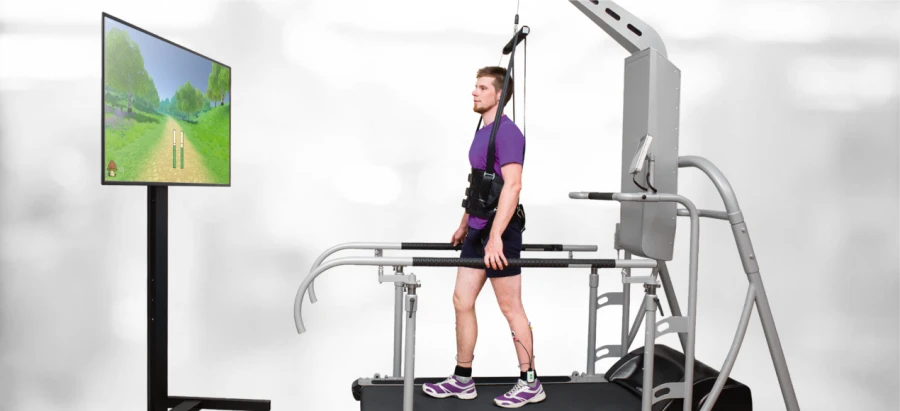 Available for Import
Available for Import
Stedis Biomechanical Feedback Rehabilitation System for Gait Assessment
Bulk pricing available
FOB, CIF & EXW terms available
Description
The specialised biofeedback simulator "Stadis" allows to assess walking parameters and to carry out rehabilitation based on the results of the examination. The Stadis simulator uses Neurosens biometric sensors to record walking parameters. These miniature devices are mounted on the patient's shins (and/or back) and record rotational velocities and accelerations in three axes, as well as electromyograms in two channels.
Up to 20 walking parameters can be recorded in total. The sensors are wireless, battery-powered and transmit data to the software via Wi-Fi. Their operation is not affected by nearby metal structures.
The Biofeedback Walking Assessment and Recovery Trainer allows for objective assessment of walking function using biometric sensors and its recovery using biofeedback. Learning to walk correctly takes place in a fun and engaging game environment.
Specifications
Note: All specifications are provided by the manufacturer and may be subject to change. Please contact us to confirm the latest specifications before placing your order.
Share your requirements for a quick response!
Delivery & Payment
Shipping Terms
Delivery Time
Payment Methods
Similar Products You May Be Interested In
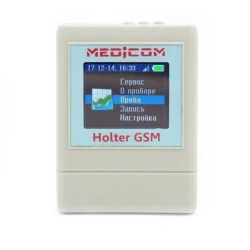
Daily ECG and Blood Pressure Monitoring System "Medikom-Combi" IN-33T Model
View Details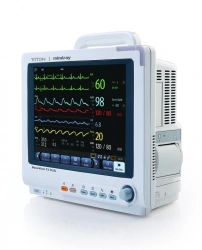
BeneView RUS Patient Monitoring System M5.19
View Details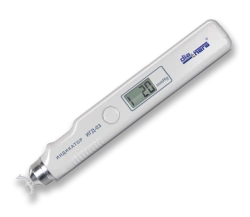
Digital Portable Intraocular Pressure Indicator IGD-03
View Details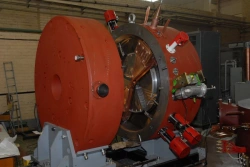
Production Cyclotron SC-12 for Ultra-Short-Lived Isotopes
View Details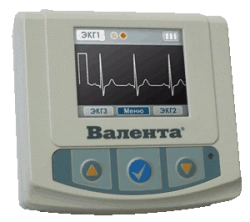
Holter ECG and Blood Pressure Monitoring System "Valenta" MN-05
View Details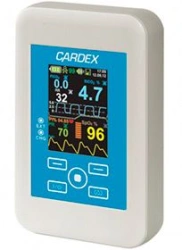
Physiological Parameter Monitor for Anesthesia and Resuscitation "MAR-02-KARDEX" CP Version
View Details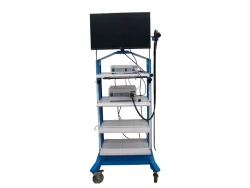
Video Endoscopy System SV-1 - Compact Version
View Details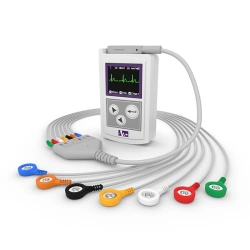
Personal Remote Patient Monitoring System SPD-01-RD version KRN-01
View Details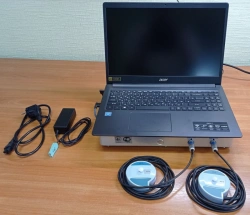
Automated Fetal Monitor Unicos-01 with Accessories
View Details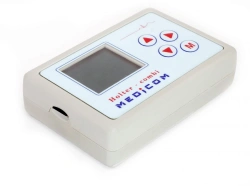
Daily ECG and Blood Pressure Monitoring System "Medikom-Combi" MD-01
View Details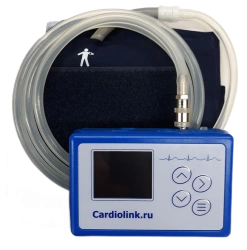
24-Hour Automatic Blood Pressure Monitor MD-01 "DON
View Details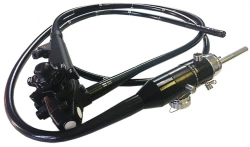
Endoscopic Device GDB-SV (9.5) LOMO
View DetailsVerified Suppliers
All products are sourced directly from authorized Russian manufacturers
Quality Assurance
Products meet international quality standards with proper certification
Global Shipping
Reliable logistics solutions to deliver products to your location
Secure Payments
Multiple secure payment options to facilitate international transactions